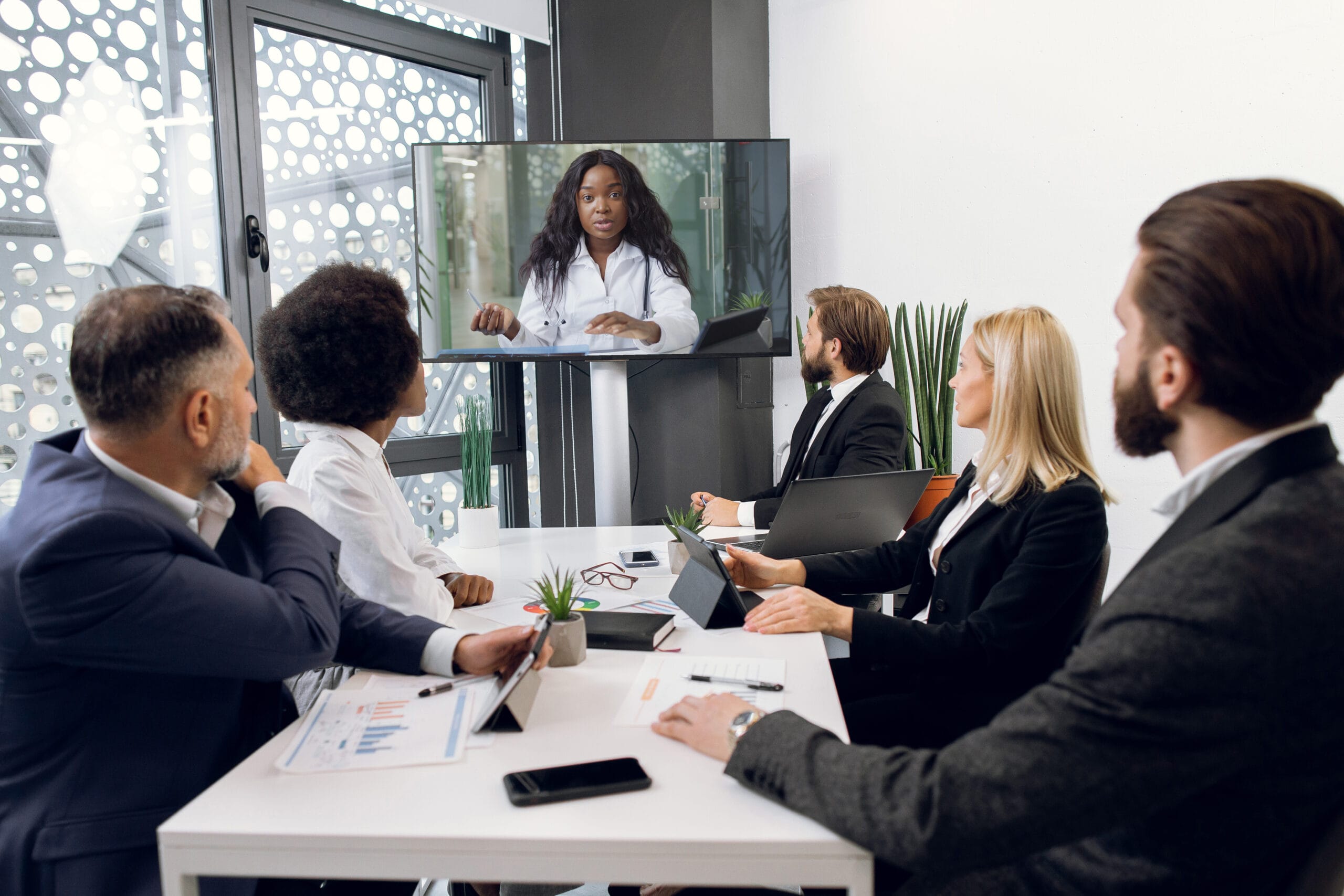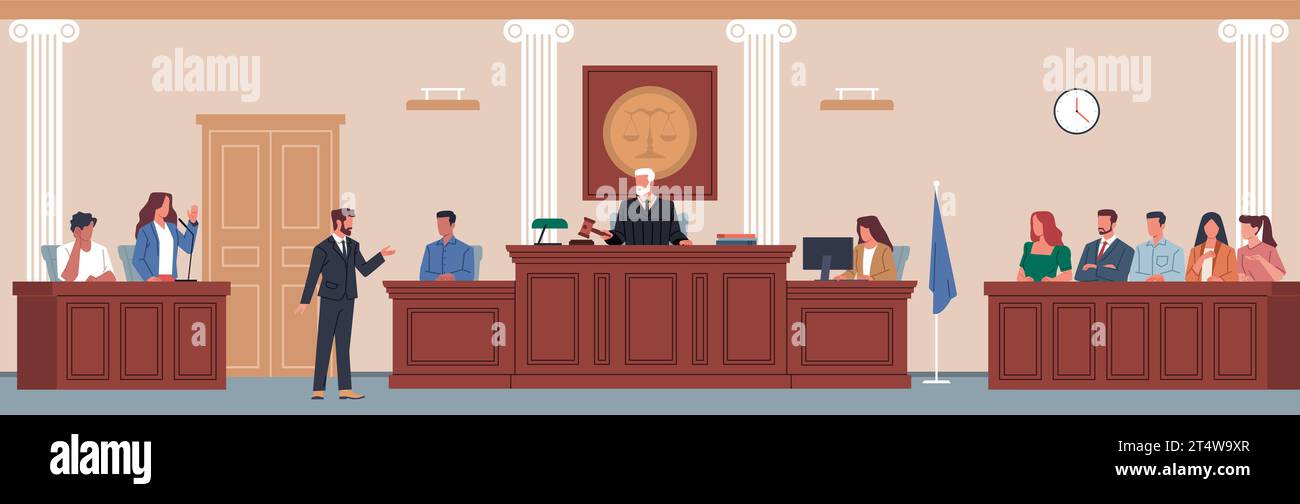Design engaging trial presentations to highlight key case details.
Design engaging trial presentations to highlight key case details.
Blog Article
Exactly How Trial Presentations Enhance Your Argument and Persuade Jurors
Trial presentations work as a pivotal system for enhancing legal disagreements and convincing jurors. By integrating visual aids, narrative structures, and emotional involvement, lawyers can produce a compelling instance that reverberates on numerous degrees. The tactical use visuals not only clarifies complex info however likewise captures jurors' focus more effectively than words alone. Nonetheless, the art of storytelling plays an equally essential function in transforming valid proof into a compelling narrative, forming jurors' assumptions - trial presentations. Recognizing these aspects can considerably impact test results, raising the concern of how each component adds to this elaborate dynamic.

Relevance of Aesthetic Aids
Visual help play an important duty in enhancing the performance of test presentations, as they can considerably raise target market interaction and retention of details. In the context of a test, where jurors are charged with processing facility information, visual help offer to streamline and clear up essential points. Charts, charts, and images can communicate data and concepts that may otherwise bewilder or confuse jurors, allowing for an extra uncomplicated understanding of the evidence provided.
In addition, visual aids help in preserving juror interest throughout the procedures. By damaging the uniformity of spoken statement, these tools can stress essential debates, making them a lot more unforgettable. Efficient visual aids can likewise evoke emotional actions, which can be crucial in encouraging jurors to align with the speaker's story.

Crafting Compelling Stories
A compelling narrative is essential in test discussions, as it works as the backbone of efficient persuasion. It permits attorneys to weave together truths, proof, and emotional components into a systematic tale that resonates with jurors. This narrative framework allows jurors to understand the intricacies of the instance while assisting them through the lawyer's disagreement.
To craft a compelling narrative, attorneys need to concentrate on clarity and coherence. This includes establishing a clear lead character-- usually the client-- and describing their trip through the occasions concerned. Providing the truths in a sensible sequence boosts understanding and maintains involvement. Additionally, using vibrant summaries can create mental images that help jurors imagine the events, making the narrative more remarkable.
In addition, integrating key themes throughout the presentation enhances the core message and help in retention - trial presentations. The story should not only communicate details however additionally evoke a feeling of justice, highlighting the stakes involved. Ultimately, a well-constructed narrative cultivates a link between the jurors and the instance, placing the lawyer's debate as both qualified and engaging, therefore raising the probability of a beneficial decision

Engaging the Court Mentally
Effective jury involvement pivots on the attorney's capability to link with jurors on a psychological degree. This connection can significantly impact jurors' understandings and their ultimate decision-making.
Visual help, such as photos or videos, can further improve psychological engagement, providing jurors with vivid representations of the situation's human elements. Crafting a narrative that highlights the battles and accomplishments of the individuals included makes certain that jurors see beyond the legal debates and recognize the human repercussions of their choices.
In addition, tone and body language play an important function in sharing feeling. An attorney's passionate shipment can reverberate with jurors, strengthening their psychological financial investment in the event. It's vital to stabilize emotional allures with factual proof, guaranteeing that jurors really feel obliged to act while continuing to be based in the fact. Ultimately, a mentally involved court is more probable to be persuaded, making emotional link a crucial element of effective test presentations.
Structuring Your Presentation

The body of the presentation need to be logically fractional right into key factors, each sustained by compelling proof. It is advantageous to make use of storytelling techniques to weave facts into a story that jurors can quickly adhere to. Visual help, such as charts and videos, can enhance comprehension and involvement, aiding to highlight important pieces of proof.
Real-World Case Research Studies
Taking a look at real-world study gives very useful understandings right into the art of test presentations and persuasion. The site situation of "O.J. Simpson v. The People of The golden state" shows exactly how aesthetic help and engaging stories can persuade court assumptions. The defense team efficiently employed an approach that integrated high-profile expert testaments with multimedia discussions, which captivated jurors and ultimately affected their choice.
One more remarkable instance is the "McDonald's Coffee Case," where the complainant's lawyers utilized visuals photos of the injuries endured by Stella Liebeck. trial presentations. This plain visual proof played a vital role in conveying the extent of her burns, causing a substantial jury award. Such cases demonstrate that impactful trial discussions often rest on the effective assimilation of visuals and storytelling to stimulate emotional feedbacks from jurors
Moreover, the "Casey Anthony Trial" highlighted the value of narrative comprehensibility and reputation. The prosecution's failure to establish an engaging timeline decreased their convincing power, underscoring the need of a well-structured discussion. Examining these cases exposes that effective trial presentations need strategic planning, have a peek at these guys psychological interaction, and the ability to reverberate with jurors' values and ideas.
Verdict
Test discussions considerably improve disagreements and convince jurors via the critical use of aesthetic aids, engaging narratives, and emotional interaction. By simplifying complicated details and fostering links with the audience, these components create a memorable and impactful experience. A well-structured discussion balances sob stories with valid proof, ultimately reverberating with jurors' worths. The assimilation of these strategies additional info not just influences decision-making but also emphasizes the importance of reliable communication in the court room.
Report this page